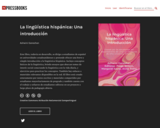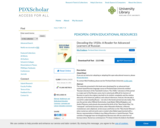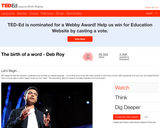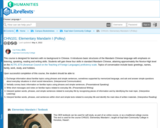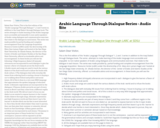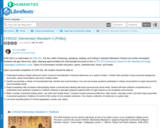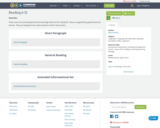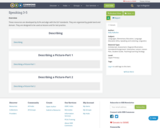Short Description:
Children are inherently musical. They respond to music and learn through music. Music expresses children’s identity and heritage, teaches them to belong to a culture, and develops their cognitive well-being and inner self worth. As professional instructors, childcare workers, or students looking forward to a career working with children, we should continuously search for ways to tap into children’s natural reservoir of enthusiasm for singing, moving and experimenting with instruments. But how, you might ask? What music is appropriate for the children I’m working with? How can music help inspire a well-rounded child? How do I reach and teach children musically? Most importantly perhaps, how can I incorporate music into a curriculum that marginalizes the arts?
Long Description:
Children are inherently musical. They respond to music and learn through music. Music expresses children’s identity and heritage, teaches them to belong to a culture, and develops their cognitive well-being and inner self worth. As professional instructors, childcare workers, or students looking forward to a career working with children, we should continuously search for ways to tap into children’s natural reservoir of enthusiasm for singing, moving and experimenting with instruments. But how, you might ask? What music is appropriate for the children I’m working with? How can music help inspire a well-rounded child? How do I reach and teach children musically? Most importantly perhaps, how can I incorporate music into a curriculum that marginalizes the arts?
This book explores a holistic, artistic, and integrated approach to understanding the developmental connections between music and children. This book guides professionals to work through music, harnessing the processes that underlie music learning, and outlining developmentally appropriate methods to understand the role of music in children’s lives through play, games, creativity, and movement. Additionally, the book explores ways of applying music-making to benefit the whole child, i.e., socially, emotionally, physically, cognitively, and linguistically.
Word Count: 75231
ISBN: 978-1-998755-32-5
(Note: This resource's metadata has been created automatically by reformatting and/or combining the information that the author initially provided as part of a bulk import process.)






